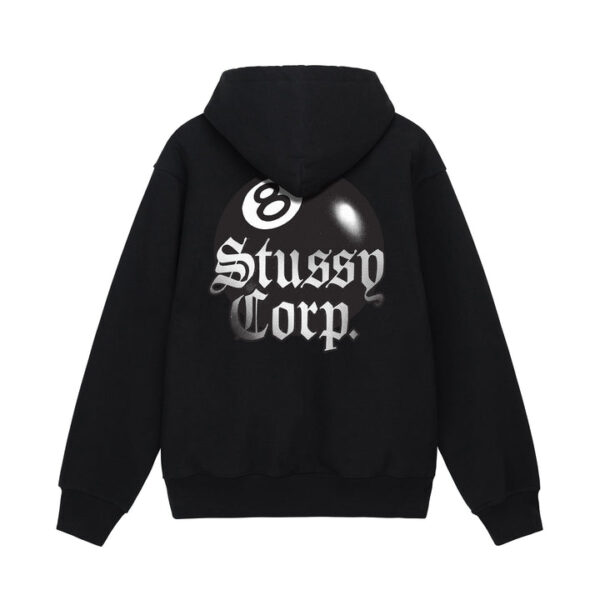Creating videos that connect with your audience and encourage them to take action is both an art and a science. Whether you’re making videos for social media, websites, or ads, two key steps play a big role in making your video successful: scripting and storyboarding. When done right, these steps help your video flow smoothly, keep viewers interested, and boost conversion rates.
In this article, we will explore simple yet powerful ways to script and storyboard videos that convert viewers into customers or followers. You don’t need to be a professional filmmaker or writer to do this — just follow some clear steps and tips, and you’ll be creating engaging videos in no time.
Why Scripting and Storyboarding Matter
Before diving into the how, let’s understand why scripting and storyboarding are important.
- Script: This is the written plan of what will be said or shown in your video. It helps organise your message so it’s clear and persuasive.
- Storyboard: This is a visual plan, like a comic strip, showing how the video will look scene by scene. It guides the filming and editing process.
Together, these tools save time, avoid confusion, and make sure the final video keeps the audience hooked from start to finish.
Note: If you want to create videos that bring real results, professional help can make a big difference. For effective Video Marketing Services in Thane, consider reaching out to experts who understand the power of great scripts and storyboards. Fresh Box Media offers services that can help turn your ideas into videos that convert. Feel free to contact them to learn more about how to get started.

Step 1: Know Your Audience and Goal
Before writing any words or drawing any frames, ask yourself two big questions:
- Who am I talking to?
- What do I want them to do after watching the video?
Knowing your audience helps you use the right words, tone, and visuals that will grab their attention. Your goal might be to make them buy a product, sign up for a newsletter, or simply learn something new. Keeping this in mind will shape every part of your script and storyboard.
Step 2: Write a Clear and Simple Script
Start with a Hook
Your video has only a few seconds to catch attention. The first 5–10 seconds are critical! Start with something that sparks curiosity or relates to a common problem your audience faces. For example:
- “Did you know most people waste hours every week on [problem]?”
- “What if you could solve [problem] in just 5 minutes?”
Tell a Story or Present a Problem
People love stories because they feel connected and engaged. Introduce a relatable character or situation that shows the problem clearly. Or directly explain the problem your audience might have.
Offer a Solution
After presenting the problem, explain how your product, service, or idea can solve it. Be clear and concise. Use simple language and avoid jargon.
End with a Strong Call to Action
Tell viewers exactly what you want them to do next — whether it’s visiting a website, signing up, or following a page.
Step 3: Break the Script into Scenes
Once your script is ready, divide it into scenes or parts that will be easier to visualize. Each scene should focus on one main idea or step. This breakdown will make storyboarding easier.
Step 4: Create a Storyboard to Visualize Your Video
A storyboard is like a comic strip of your video. You sketch each scene, noting what’s happening visually and what is being said or heard.
What to Include in Your Storyboard
- Frame sketch: Simple drawings or stick figures showing the main action or focus.
- Text notes: Key dialogue or narration.
- Camera directions: Zoom in/out, pan, or special effects.
- Timing: How long each scene lasts.
You don’t have to be an artist to make a storyboard — even simple boxes with notes will do.
Elements of a Good Video Script vs. Storyboard
| Element | Script | Storyboard |
|---|---|---|
| Purpose | Words and dialogue | Visual layout and flow |
| Content Focus | What is said | What is shown |
| Helps With | Clear messaging | Planning visuals and shots |
| Level of Detail | Sentence level | Scene/frame level |
| Main Benefit | Keeps message focused | Ensures smooth video flow |
Step 5: Add Suspense and Curiosity to Keep Viewers Watching
Videos that hold attention are more likely to convert. Here are some tricks to build suspense and curiosity:
- Ask questions early in the video that viewers want answers to.
- Use teasers like “But wait, there’s more…” or “Here’s the secret no one tells you.”
- Show a problem or challenge, then promise a solution later.
- Keep some information hidden or delayed to maintain interest.
Step 6: Keep Your Video Short and Focused
Long videos can lose viewers’ attention. Aim for 60 seconds to 2 minutes, especially for social media or ads. Every scene should serve your goal — if it doesn’t, cut it out!
Step 7: Review and Refine Both Script and Storyboard
After completing your first draft, read the script out loud and imagine the storyboard scenes. Ask yourself:
- Is it easy to understand?
- Does it keep viewers interested?
- Is the call to action clear?
- Does the storyboard clearly show what I want to say?
Make edits as needed until you feel confident the video will connect and convert.
Also Read: https://freshboxmedia.in/blog/impact-of-video-production-on-brand-awareness/
Tips to Make Videos More Engaging
| Tip | Why It Works |
|---|---|
| Start with a strong hook | Captures attention immediately |
| Use simple language | Makes the message easy to understand |
| Show, don’t just tell | Visuals create stronger emotional impact |
| Include suspense elements | Keeps viewers curious and watching longer |
| End with a clear call-to-action | Guides viewers to take the next step |
Final Thoughts
Scripting and storyboarding aren’t just extra tasks — they are the foundation of videos that convert. By planning your message clearly and mapping out visuals ahead of time, you save effort during filming and editing and create videos that truly engage.
For more insightful details, do visit urrankings




